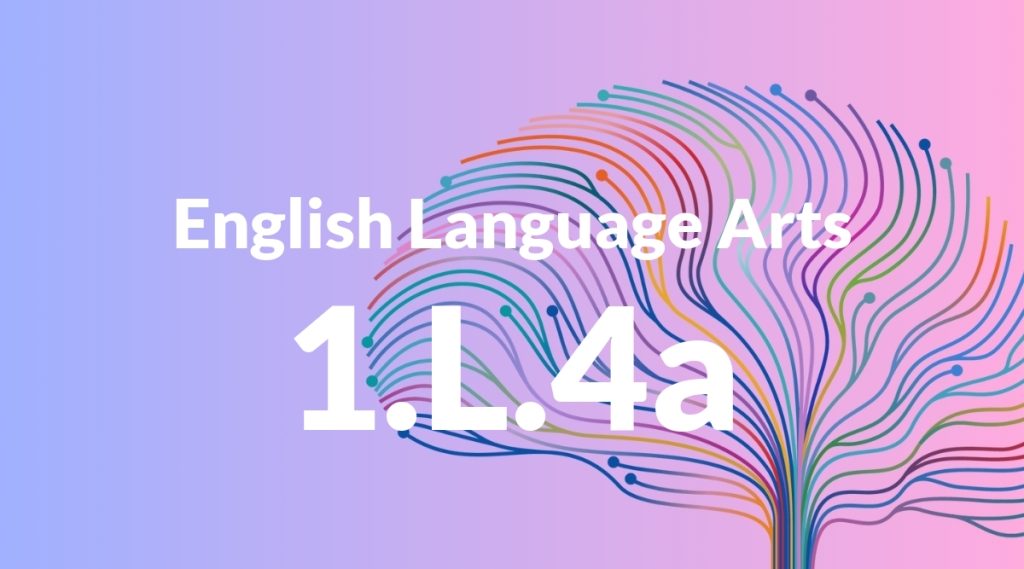Standard: 1.L.4a – Use sentence-level context as a clue to the meaning of a word or phrase.
Grade level: Grade 1
Subject: English Language Arts
Domain: Language
Teacher Overview
This standard focuses on helping students use the context of a sentence to determine the meaning of unfamiliar words or phrases. This skill is crucial for developing reading comprehension and vocabulary, as it enables students to independently make sense of texts and expand their understanding of language. Students should have a basic understanding of sentence structure and a foundational vocabulary. They should also be aware that words have meanings that can be inferred from the context in which they are used.
Once students master this standard, they will be able to use more complex context clues to understand unfamiliar words and phrases, improving their overall reading comprehension and ability to infer meanings in more advanced texts.
Common Misconception 1
Some students might think that they need to understand every word in isolation, without considering the surrounding text. This is incorrect because the context provided by surrounding sentences is often key to understanding the meaning of an unfamiliar word.
Intervention 1
Use guided reading sessions where students practice looking at surrounding sentences to infer the meaning of new words. Discuss how these sentences provide clues and model this process repeatedly.
Common Misconception 2
Students might believe that context clues are only found in the immediate sentence containing the unfamiliar word. This is incorrect because context clues can come from several sentences before or after the word.
Intervention 2
Encourage students to read a few sentences before and after the unfamiliar word to gather more context clues. Use examples from texts to show how broader context helps in understanding meanings.
Prerequisite Knowledge
Students should be familiar with basic sentence structure and have a foundational vocabulary. They should also understand that words have meanings and that these meanings can be inferred from the context in which they are used.
Subsequent Knowledge
After mastering this standard, students will be able to use more complex context clues to understand unfamiliar words and phrases. They will also be able to apply this skill to improve their reading comprehension and to infer meanings in more advanced texts.
Instructional Activities
- Read a short story and identify new words, using context clues to determine their meanings.
- Create sentences with a missing word and have students use context clues to fill in the blank.
- Group activity where students read a paragraph and highlight words they don’t know, then discuss the context clues that help determine the meanings.




